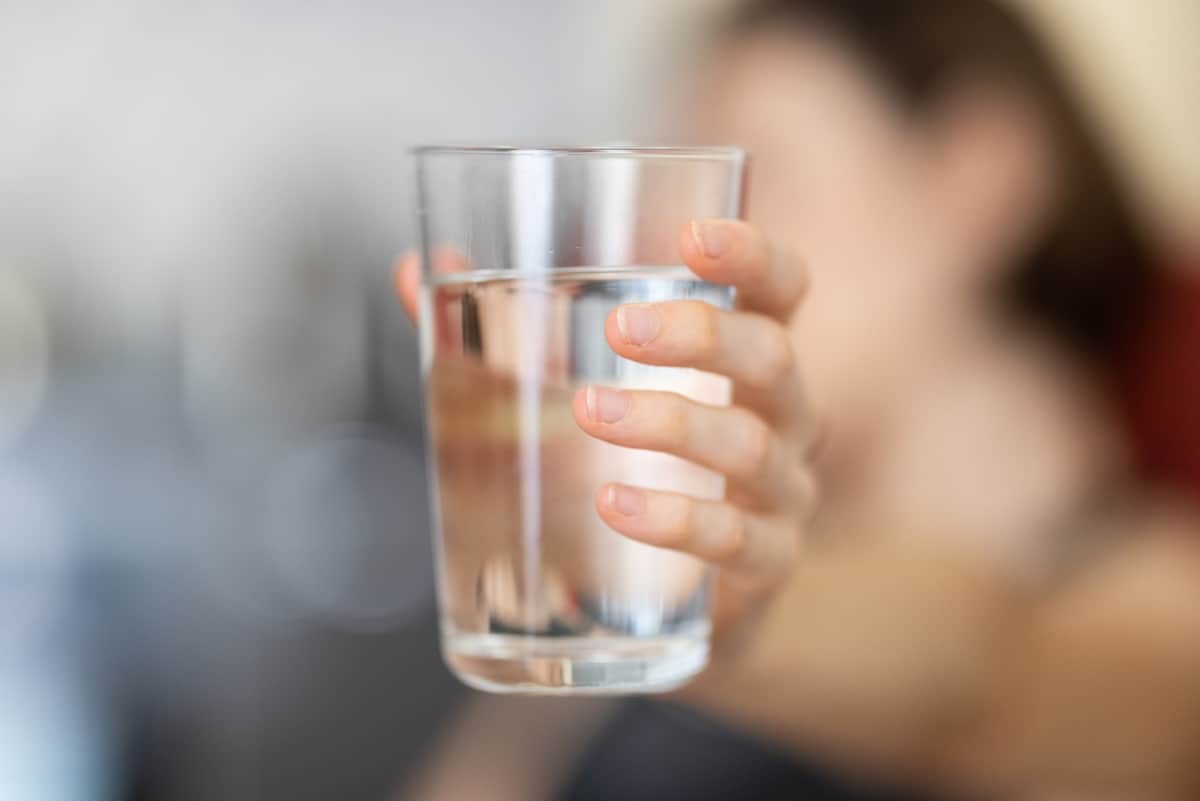If you’ve ever asked yourself, “How do water filters work?”, look no further. This blog post outlines everything you need to know about tap water, water tests, and water purification systems. Read on for more information about purifying your tap water.
Contaminants in Your Tap Water
Although tap water is our biggest source of water at home, we don’t usually stop to think about what it contains. The truth of the matter is, tap water is usually rife with contaminants, such as minerals. These can be detrimental to your physical health as well as your home’s plumbing system.
To make matters even worse, cities often respond to these issues by adding chlorine to the water supply, polluting the water with the chemicals.
How to Clean Your Water
Fortunately, there are a plethora of ways to combat this problem, such as comprehensive water tests, which identify the composition of your water. In addition, you can use water purification systems, which ensure your water is safe for both you and your home.
One of the most common ways to purify water is using a water filter. You may be wondering, “What kinds of water filters are there?” There are many types of water filters, from reverse osmosis water filters to water softeners. Below, we’ve outlined some water filters you should consider for your home’s water purification.
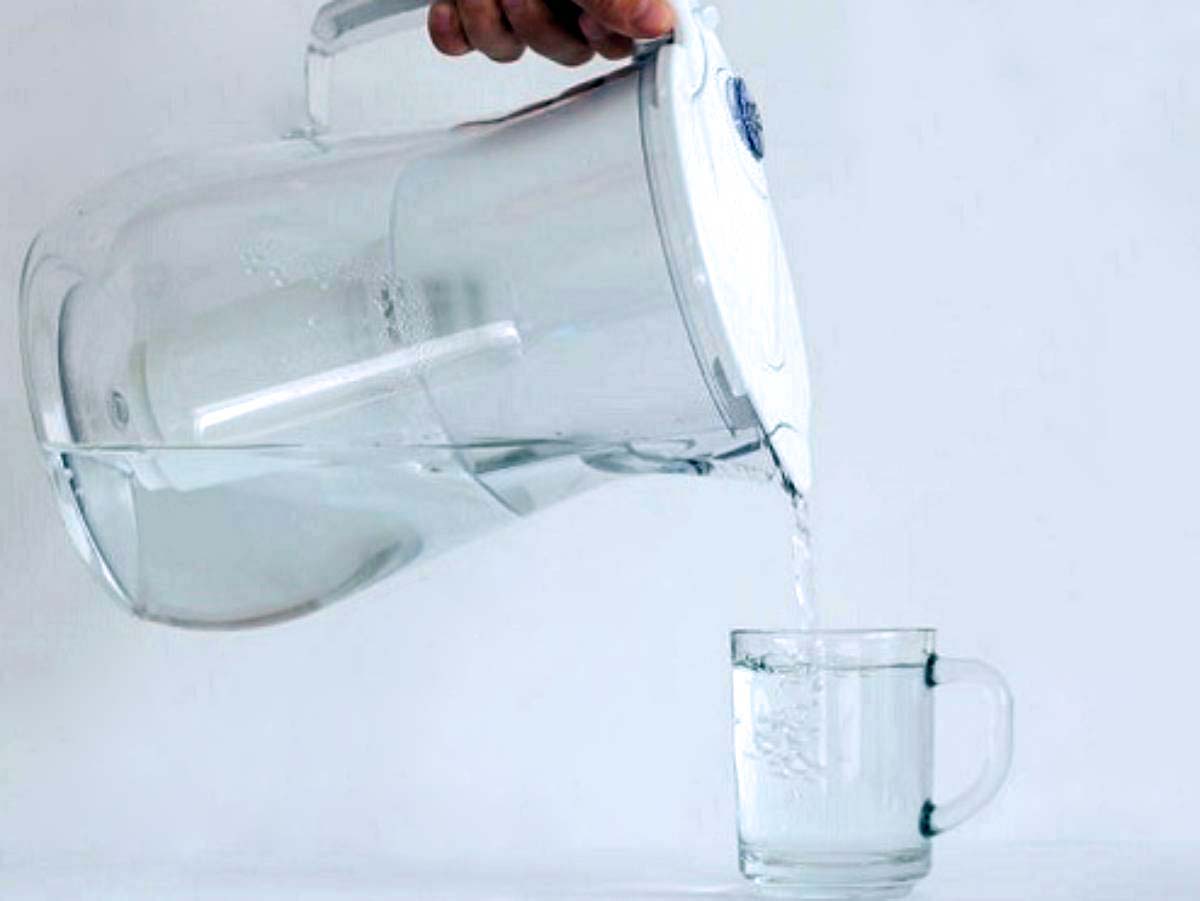
Pitcher Filters
Due to their relatively low cost (usually less than $40) and ease of use, pitcher filters are the second-most popular water filter after built-in refrigerator filters.
How Do These Water Filters Work?
You might be asking, “How do these water filters work?” All you have to do is fill the pitcher at the tap and give the water time to flow through the cartridge. Once that’s finished, your purified water is ready to go.
One of the most common types of pitcher filters is the carbon block filter, e.g., the Brita filter. As the name suggests, this filter uses carbon as a medium for water filtration. Most other water filter systems, including reverse osmosis water filters (which we’ve also explained in detail below), use some sort of carbon filtration system.
How are these carbon filters produced? There are different sources, the most common being coconut shells. The steam used to “activate” the carbon creates cracks and pores within the carbon granules, allowing them to absorb large amounts of contaminants and chemicals. Carbon can also change the composition of certain contaminants.
How Do I Change the Filter?
How often you should change your carbon filter depends on a host of factors, including:
- Level of contamination in your water
- Quality of the carbon
- Amount of humidity in the air
- Frequency of the use of the filter
You should always keep an eye out for these factors to make sure your filter is clean, safe, and efficient.
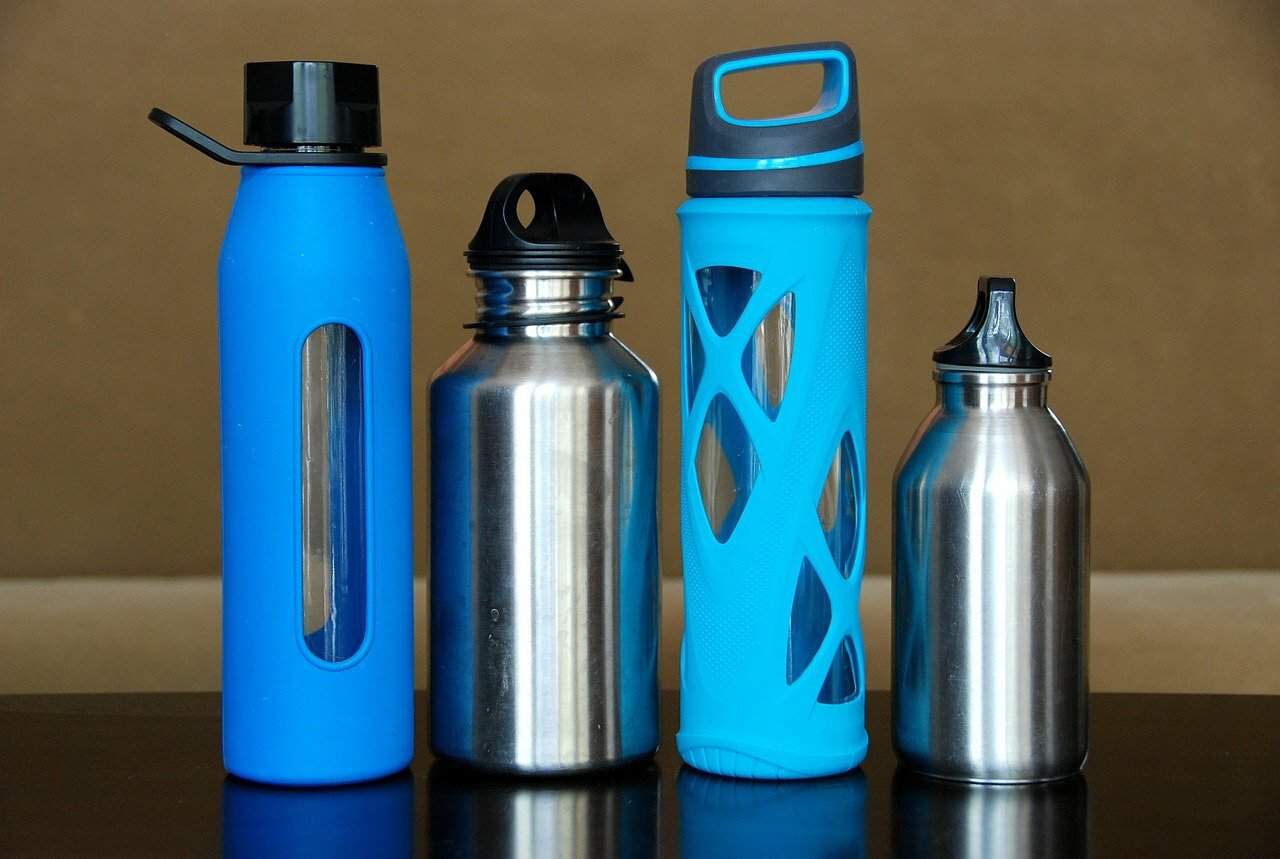
Water Bottle Filters
As mentioned above, most water filter systems utilize some type of carbon filtration system. This includes water bottle filters, such as the Lifestraw Go Filtered Water Bottle. If you’re someone who’s always on the go or someone who values convenience, water bottle filters might be for you.
How Do These Water Filters Work?
“How do water bottle filters work?” you may ask. These filters include an activated carbon filtration system. This system is designed to rid the water of harmful substances like chlorine and metals through a process of absorption. The main difference between this filter and the pitcher filter is the bottle’s portability and smaller size, which make it a perfect option for travelers, hikers, athletes, and outdoor enthusiasts.
That being said, water bottle filters can also be a great addition to your home. If you’re unsure about the quality of your tap water, you can simply use your filter to ensure clean and safe drinking water for yourself and everyone in your household.
What’s Their Environmental Impact?
The environmental impact of these bottles is worth noting too. Rather than drink from plastic disposable bottles, which are notoriously bad for our environment, you can use a water bottle filter. That way, you’ll be spending much less in the long run, preventing environmental pollution, and avoiding the metallic taste that’s often found in bottled water.
How Do I Change the Filter?
Generally speaking, you want to replace your filter every two months. Although you can safely wash the bottles themselves in the dishwasher, you must wash the filters by hand, ideally every two or three weeks.
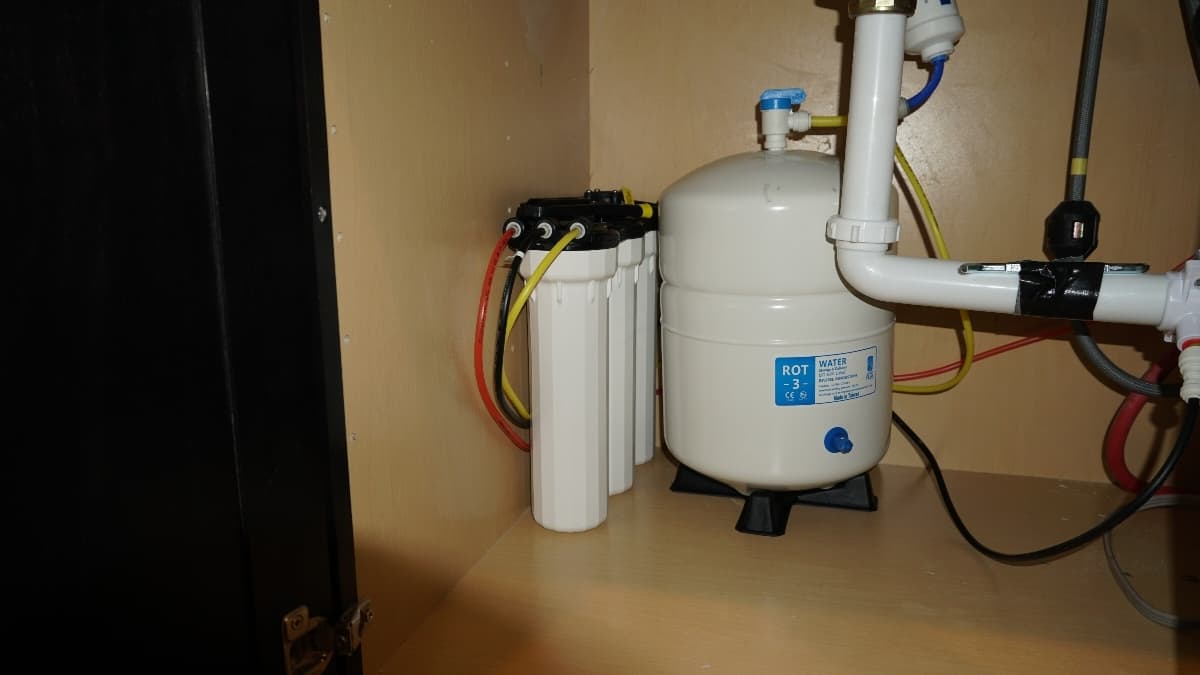
Reverse Osmosis Water Filters
If you’re looking for an extremely efficient method of water filtration that can get rid of almost 100% of harmful substances, reverse osmosis water filters might be the way to go.
How Do These Water Filters Work?
So, what exactly is a reverse osmosis system, and how do these water filters work? Reverse osmosis uses pressure to rid water of contaminants by forcing these substances through a semipermeable membrane. Water crosses the RO membrane, transferring from the more concentrated side (the side with more contaminants) to the less concentrated side.
The semipermeable membrane pores are small enough to prevent contaminants from passing through but large enough to let water flow through. In osmosis, water moves across the membrane toward the more concentrated side. In reverse osmosis, water moves across the membrane toward the less concentrated side, leaving most of the contaminants behind. Thus, you’re left with clean drinking water.
What makes the reverse osmosis system extensive and reliable is that it prefilters the water before it even passes through the semipermeable membrane. Then, once the water has passed the membrane, it goes through yet another filter, the postfilter, to further purify the water. Different reverse osmosis systems have different numbers of prefilters and post-filters, but the process is generally the same.
The filtered water enters the storage tank, its final destination before it’s used. In a reverse osmosis system, the filtration process stops once the storage tank is full.
What’s Their Environmental Impact?
Reverse osmosis water filters, like water bottle filters, are an excellent alternative to plastic water bottles. Although most bottled water undergoes reverse osmosis for purification, the production of bottled water wastes much more water.
The production of plastic bottles requires water and petroleum—not to mention the large amounts of water that purifying bottled water requires. However, reverse osmosis systems provide clean drinking water without harming the environment.
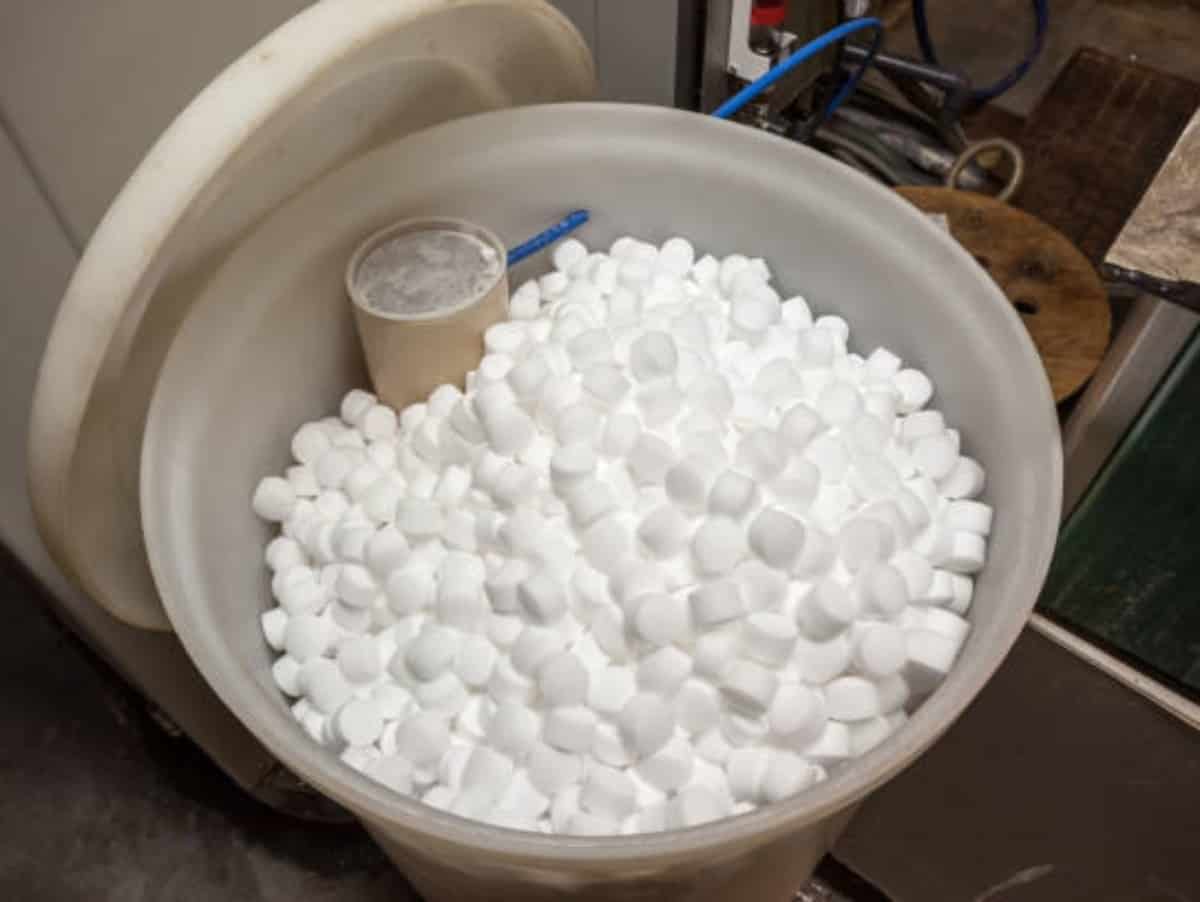
Water Softeners
Although softened water is mostly safe for drinking, the main purpose of water softeners is to prevent hard water from clogging your pipes and ruining your plumbing system.
How Do These Water Filters Work?
And now for the ultimate question: How exactly do these water filters work? Water softeners combat your plumbing problems by reducing concentrations of calcium and magnesium, which create hard water. They filter out these minerals, leaving you with softened water which is safe for drinking and everyday use.
The chemical structure of calcium and magnesium allows them to easily attach to other substances. When these bonds build up over time, you end up with unwanted residue on your plumbing appliances and fixtures, such as your shower head—hence, the term “hard water.”
In addition to clogging pipes and causing serious plumbing problems, deposits from hard water can accumulate in boilers and hot water heaters. This accumulation decreases their efficiency, making their usage more costly. In a nutshell, hard water can damage or ruin any surface it comes in contact with.
Just like the previously mentioned filters, water softening involves the use of a filter. The only difference is that water softeners utilize magnetic forces, attracting the positively charged calcium and magnesium molecules towards the negatively charged filter. As the hard water passes through the filter, the calcium and magnesium get left behind, providing you with clean, or “softened,” water.
One advantage of water softeners is their ability to regenerate or self-clean. This process involves positively charged water and salt passing through the negatively charged filter, repelling the positively charged calcium and magnesium. When this happens, the minerals detach from the filter and drain out alongside the salty water.
ONIT Home Water Filtration System
There’s a large variety of ways you can filter your water. As you well know, water filtration systems can address an array of problems, ranging from water hardness to concentrations of chemicals and other harmful contaminants. So if someone now asked you, “How do water filters work?”, you’d have all the necessary information.
The good news is that ONIT Home has all the filtration options you need. In addition, ONIT Home can provide you with a free water testing so you can find out exactly what is in your home water source. If you’d like to take the next step and take advantage of a home water filtration system, give us a call at 1-833-433-0331 or visit our website. From there, you can arrange a free water test and immediately receive in-person results. We’re excited to hear from you!



